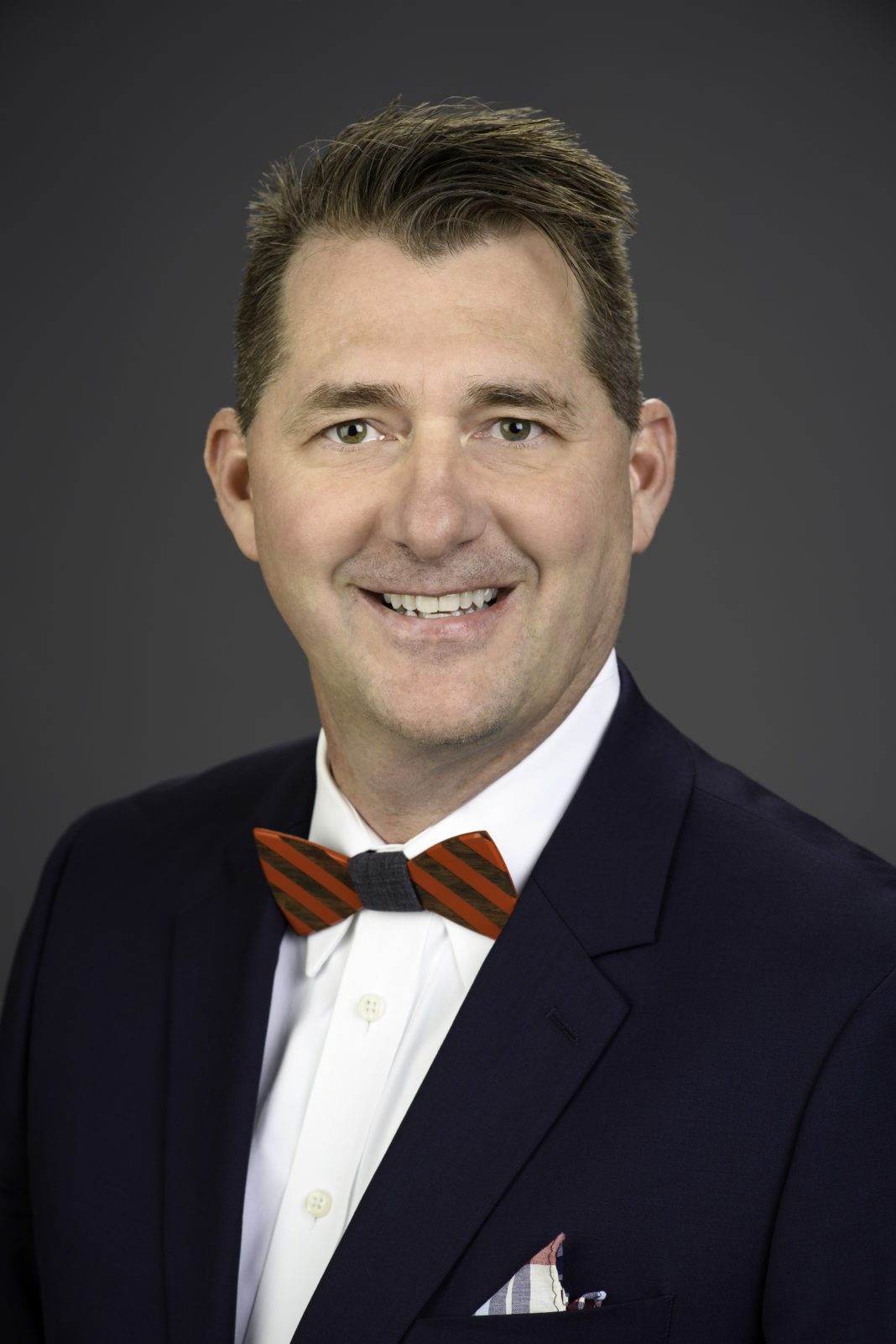Dr. George Monks, a practicing dermatologist with Tulsa Dermatology Clinic and the president of the Oklahoma State Medical Association, explains OSMA’s duties during the pandemic; the state of COVID-19 in Oklahoma; and how Oklahomans can stay healthy now and in the future.
Q: What is the Oklahoma State Medical Association and what is its role in the state’s healthcare landscape?
A: Founded in 1906, the Oklahoma State Medical Association (OSMA) is the state’s largest organization representing current and future physicians. The organization works to create a healthier Oklahoma by advocating for physicians and patients at the state capitol, connecting physicians with one another and educating our members regarding current issues and medical topics.
Most recently, OSMA has expanded its role to include recruiting young physicians to rural areas through our ongoing relationship with Oklahoma’s Physician Manpower Training Commission.
Q: What does your role as president entail?
A: With members spanning from Guymon to Idabel, OSMA has a pretty large footprint throughout the state. So, my role as OSMA President is to ensure physicians’ voices are heard at all levels. For example, I’m the primary spokesperson in media interviews and represent the organization at meetings with state leaders and the community. I assist with advocacy and government relations and update the board of directors regarding essential business. I also work with the OSMA staff to ensure they have the resources needed to serve our members and the community.
Q: How has the association helped out during the COVID-19 crisis?
A: During the COVID-19 crisis, the Oklahoma State Medical Association worked to ensure our physicians have the tools they need to navigate all of these rapidly changing times. We’ve done this through a new COVID-19 resource page on our website that covers everything from adopting telemedicine, keeping a healthy office while seeing patients, changes in state and federal regulations, and even mental health resources.
Since there were limits on group gatherings, we changed the way we offered our Continuing Medical Education, by taking our events virtual and offering more focused on COVID-19 and mental health. Also, because this is such a stressful time, we’ve begun to offer our members an opportunity for free mental health services should they need them. Also, we provided a medical perspective to news stories to ensure the public had reliable, science-based information.
Q: Generally, how do you think Oklahomans responded to the pandemic and its severity?
A: This has been a difficult time for so many, including physicians. Fortunately, state and city leaders worked quickly to limit the disease’s spread, increase public awareness and make sure we had the bed capacity needed should the virus infect a large number of Oklahomans. There were definitely challenges, not just the economic concerns that so many in our community faced, but also a dire shortage of testing and personal protective equipment (PPE) in the early weeks of this pandemic.
Many Oklahomans took the governor’s “Safer at Home” policy in stride and changed how they shopped worshipped and even worked. This went a long way in “flattening the curve.” However, those of us in the medical community did express some concerns when the governor announced that our state would be one of the first to release the safeguards that helped so much. It’s too soon to tell how this will impact our overall health, but we remain hopeful that people throughout the state will take the necessary measures to keep themselves and their families healthy.
What is the state of COVID-19 in Oklahoma presently?
A: As of this writing, the number of new cases per day is about the same – around 100 a day – and there are fewer hospitalizations. Recently, Oklahoma increased our testing, with more than 112,000 tests performed to date, which helps immensely in locating areas where infections rates are growing, but there’s still more to be done. Right now, we have to move beyond managing disease to more of a preventative stance.
Our state must capitalize on this lull by examining the lessons we’ve learned in the first few weeks of the pandemic and shoring up our medical infrastructure so that we are ready to respond to the next round we all know is coming. We need to continue building early detection systems including testing and information exchange, contact tracing, better treatments for those most severely affected by the disease and a more effective communication system for keeping the public aware and engaged as a partner in fighting the next outbreak.
Q: Can you give Oklahomans some advice on adjusting back into social settings in a healthy way?
A: While more businesses are opening, the virus is still very much a part of our lives. As such, Oklahomans need to continue to follow CDC guidelines, such as limiting the number of people at gatherings, covering coughs and sneezes, maintaining a physical distance of at least 6 feet from others, washing one’s hands frequently and wearing a face mask when in stores, church and other public places.
Q: How do you think this pandemic will affect protocols in hospitals, restaurants, stores and other public places?
A: I think many of the recently adopted changes will become our new normal, at least as long as the threat of COVID-19 remains. We’ve already seen some of these changes in restaurants, stores and places of worship, where seating has become more limited and register lines are well-distanced.
However, it will be interesting to see how this impacts other areas, such as entertainment, travel and education, as we move into summer and fall. Regardless of what happens, I’m confident the people of Oklahoma will continue to adapt to these changes with the same qualities we’ve become known for: determination, kindness and ingenuity, all while continuing to be one of the friendliest states in the nation.























